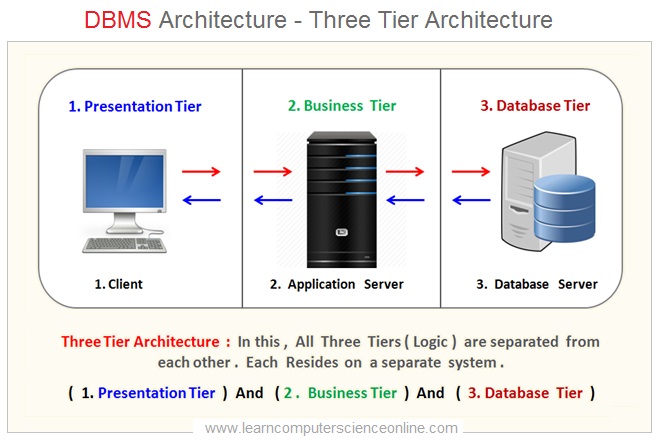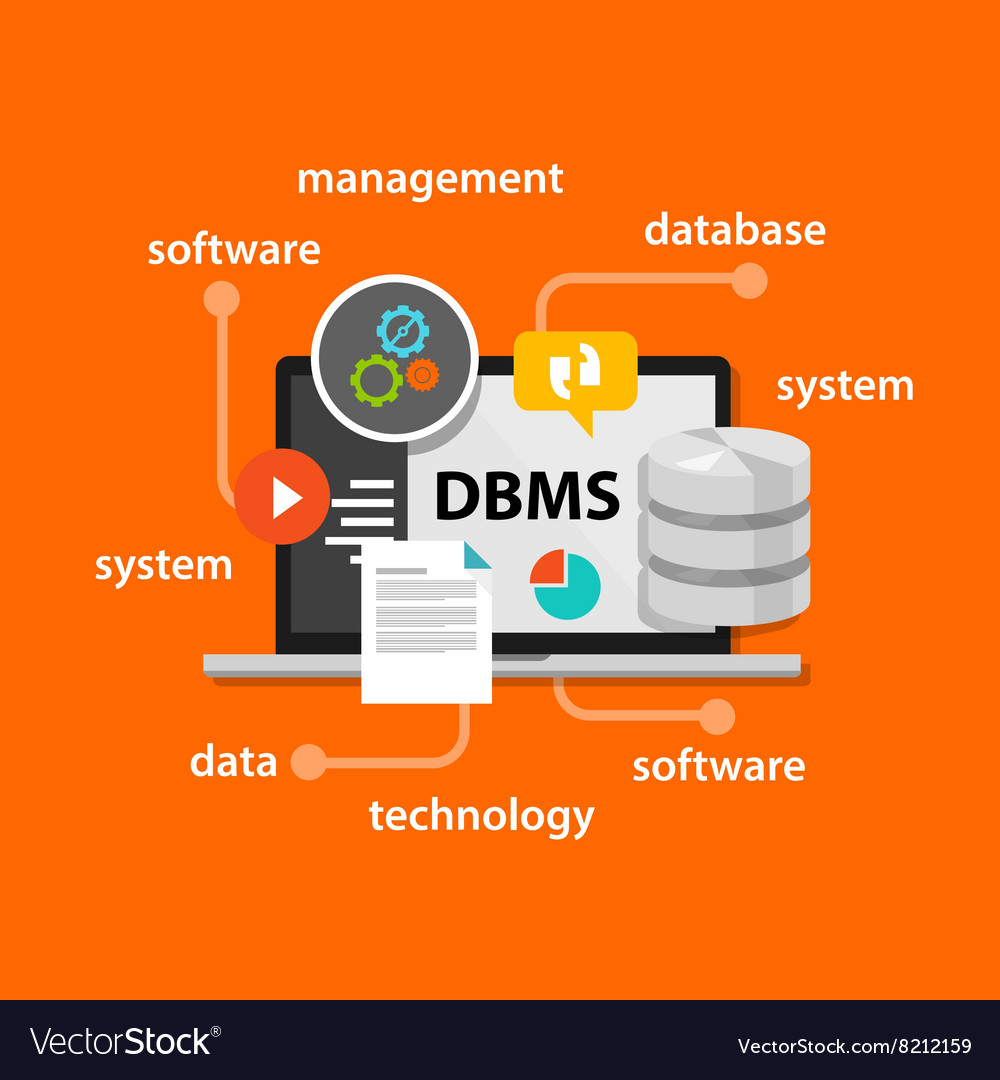Table Of Content

However, a good security practice is based on always considering the possibility of a malicious user managing to circumvent all defense mechanisms and gaining free access to the data. In the next section, we’ll explore common pitfalls in database design and provide insights on how to avoid them. Understanding these pitfalls is essential for maintaining data integrity and application reliability. By staying adaptable and embracing new technologies when appropriate, you ensure that your database design remains robust and capable of supporting the latest advancements in full-stack development. Imagine an index as an organized reference system for your database, allowing it to quickly locate and retrieve specific data. This example demonstrates creating tables for authors, posts, and comments, with foreign keys establishing relationships between them.
Process of Databases Design:
When defining a unique identifier for each entity, ask yourself if it could be useful to use a surrogate (or artificial) key to function as a unique identifier. To make this decision, consider if the identifying attributes are prone to frequent changes, if they are defined as complex data types, and so on. It is important not to expect your model to be perfect at this stage.
Ready to get started?
The dependency of a single component is most often undesirable as exposure to inconsistencies and data anomalies increases. But, on the other hand, there will be some circumstances where it is justifiable, but only when some specific conditions or limitations are involved. Databases that are well structured and have minimal duplication are more cost-effective to manage and maintain, which is important for any business that wants to avoid negative impacts on its profits. Relationship - A relationship can be defined as the connection between two entities or figures. Specialization is the process of defining a set of subclasses of an entity type. An important extension included in the EER model is the specialization and generalization concepts.
Database management systems
Technically, a database is more of a storage term used to denote the relationship with different forms of data that are coagulated in a single place. Thus, we can define a database as an organized collection of data, generally stored and accessed electronically through computer systems. This article is highly centric to the database design and its association with citable terms and methodologies was commonly taken into account. We'll be discussing those terms concerning database design to understand the bits and pieces. We have come a long way from introduction to database design, conceptual modeling, and now logical modeling.
#4: Referential Integrity
Workflows are made smooth by constant saves, to allow live validation and SQL previews at any time. Older saves can be reverted easily, and existing models can be easily cloned or else exported to an XML file. A performance dashboard allows for reports to be generated into IO hotpsots as well as high resource queries, allowing for better database optimization. A database migration tool also allows for non-SQL databases and applications to be imported, allowing them to be converted to MySQL. Determine which data elements need to be indexed to improve query performance. An index is a data structure that helps the database system locate data more quickly.
What Is the CAP Theorem? - IBM
What Is the CAP Theorem?.
Posted: Wed, 15 Dec 2021 14:49:59 GMT [source]
Therefore, there has to be a brilliant concept of designing a database. The designer should follow the constraints and decide how the elements correlate and what kind of data must be stored. Conceptual modeling is the creative and abstract phase where we lay the groundwork for our database. It is akin to sketching the initial draft of a grand architectural masterpiece.

Other topics that I would have liked to have seen covered by this book are triggers, stored procedures, indexes, SQL DCL, security, database programming, and NoSQL. The text focuses mainly on relational database concepts that are still up-to-date and very relevant in today's environment. In addition, the text would be more current if it included topics such as cloud-based databases and big data/NoSQL. As companies grapple with vast amounts of unstructured data (like social media posts or customer reviews), traditional relational databases may not cut it. NoSQL databases provide flexibility for storing varied types of data without requiring predefined schemas – a game changer for businesses dealing with diverse datasets. Well, good database design leads to systems that not only meet user requirements but also perform highly efficiently.
Advanced Topics :
Testing - This stage is concerned with error identification in the newly implemented system. Testing is a crucial step because it checks the database directly and compares the requirement specifications. The important consideration that can be taken into account while emphasizing the importance of database design can be explained in terms of the following points given below. To the final stage of the database design, which is where we construct. I hope this article inspires you to learn more about the best practices of database design. You can also check out the database design section of Vertabelo’s blog for more ideas.
By incorporating these performance optimization strategies into your database design, you’ll ensure that your web applications not only function smoothly but also scale effectively as user demand grows. The book does not cover relational algebra, which provides an important foundation for relational model mechanisms. From my personal experience teaching databases, discussing relational algebra makes it easier for students to later grasp SQL joins.
Therefore, there has been some model-centric approach and that's where logical and physical models play a crucial role. By understanding entities, attributes, relationships, and normalization, you will have a solid foundation for designing a well-structured and optimized database schema. It's important to learn about database design to get a better understanding of how relational databases work and how to display the data structure within the database. Learning about database design would help you analyze the requirements of the database for an organization and design a logical and physical model for the database. In these situations, the documentation of a database schema becomes essential. The simplest and most effective way to document a data model is to accompany diagrams with annotations and explanatory text; they can guide the person who has to analyze it long after it has been created.
When it comes time to create the actual database, you’ll put both the logical data structure and the physical data structure into the data definition language supported by your database management system. At that point, you should also estimate the size of the database to be sure you can get the performance level and storage space it will require. By designing the database well, organizations can improve the performance and scalability of the database, ensure the integrity of the data, and save on costs. Define the structure and relationships between data elements using a database schema. A database schema is a visual representation of the database that shows the tables, columns, and relationships between different data elements. Database design is the process of creating a plan for a database that helps in identifying the data to be stored and how the data elements interrelate.
The schema would include tables like "Users," "Posts," "Comments," and "Likes," with appropriate relationships to capture connections and ensure efficient retrieval of social interactions. Once an application goes into production, its database schema can remain stable for a long time – and, for long periods of time, no one needs to view its schema. But sooner or later the need will arise to make some changes to the application or the data model. Then it will be necessary to revisit the design diagram to modify it and work on the changes to the data model. But the people who need to do this work may not be the same people who designed the database.
The database designer decides how the data elements correlate and what data must be stored. It’s a collection of processes that guide the designing, development, implementation and maintenance of enterprise data management systems. When you have a properly designed database, it’s easy to maintain, improves data consistency and cost-effective in terms of disk storage space. The responsibility lies with the database designer to decide how the data elements correlate and what data must be stored.
In his spare time, he plays guitar and helps his two sons build and enhance their gaming computers. The field of web development is dynamic, with new technologies emerging regularly. Future-proofing your data involves staying informed about industry trends and adopting tools and practices that align with the evolving landscape.

No comments:
Post a Comment